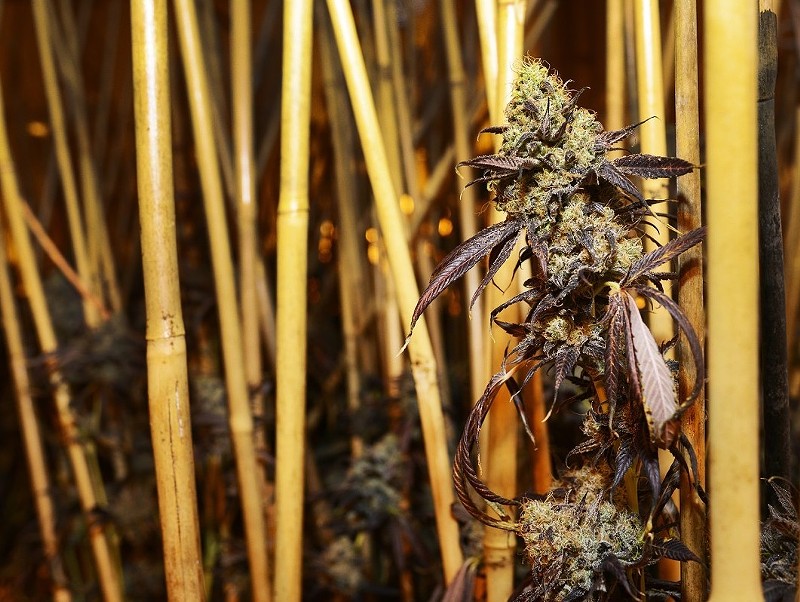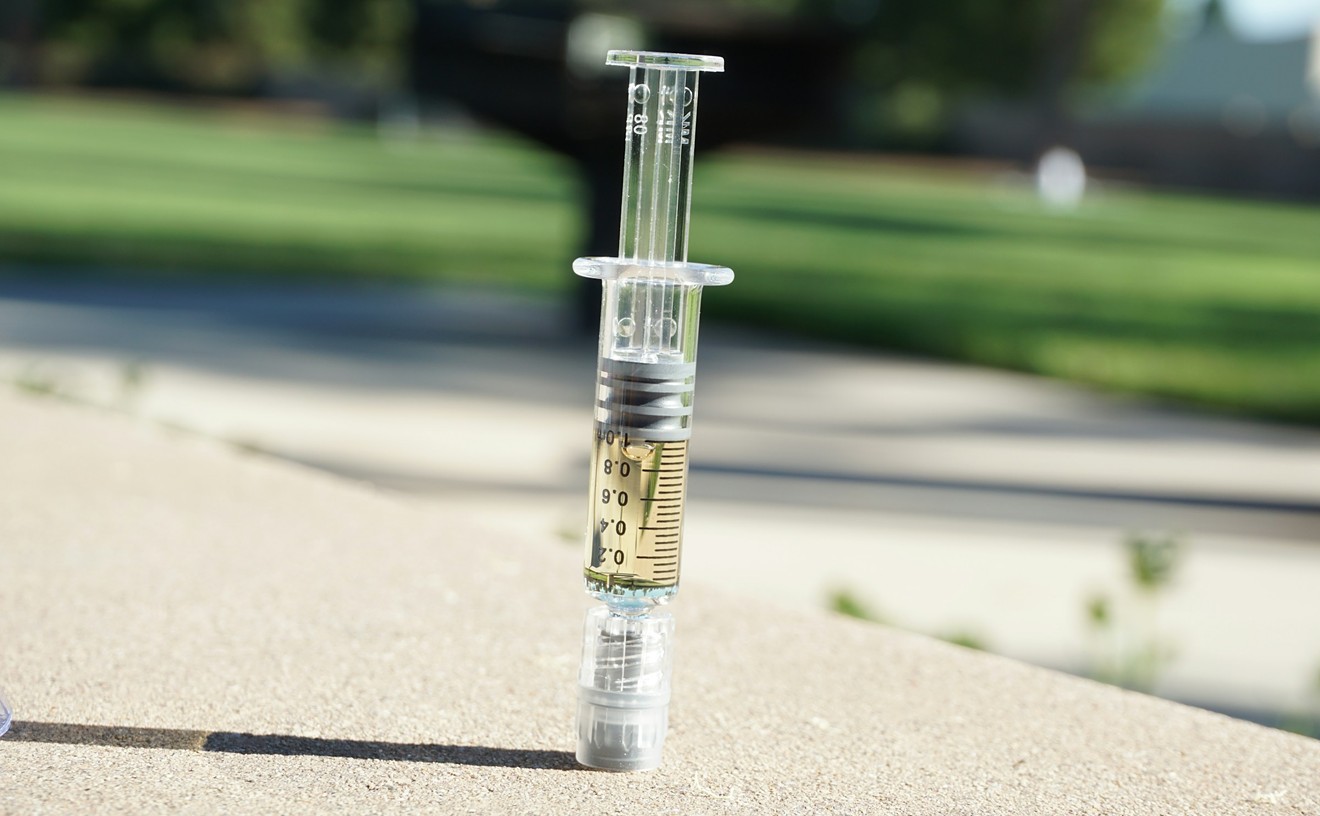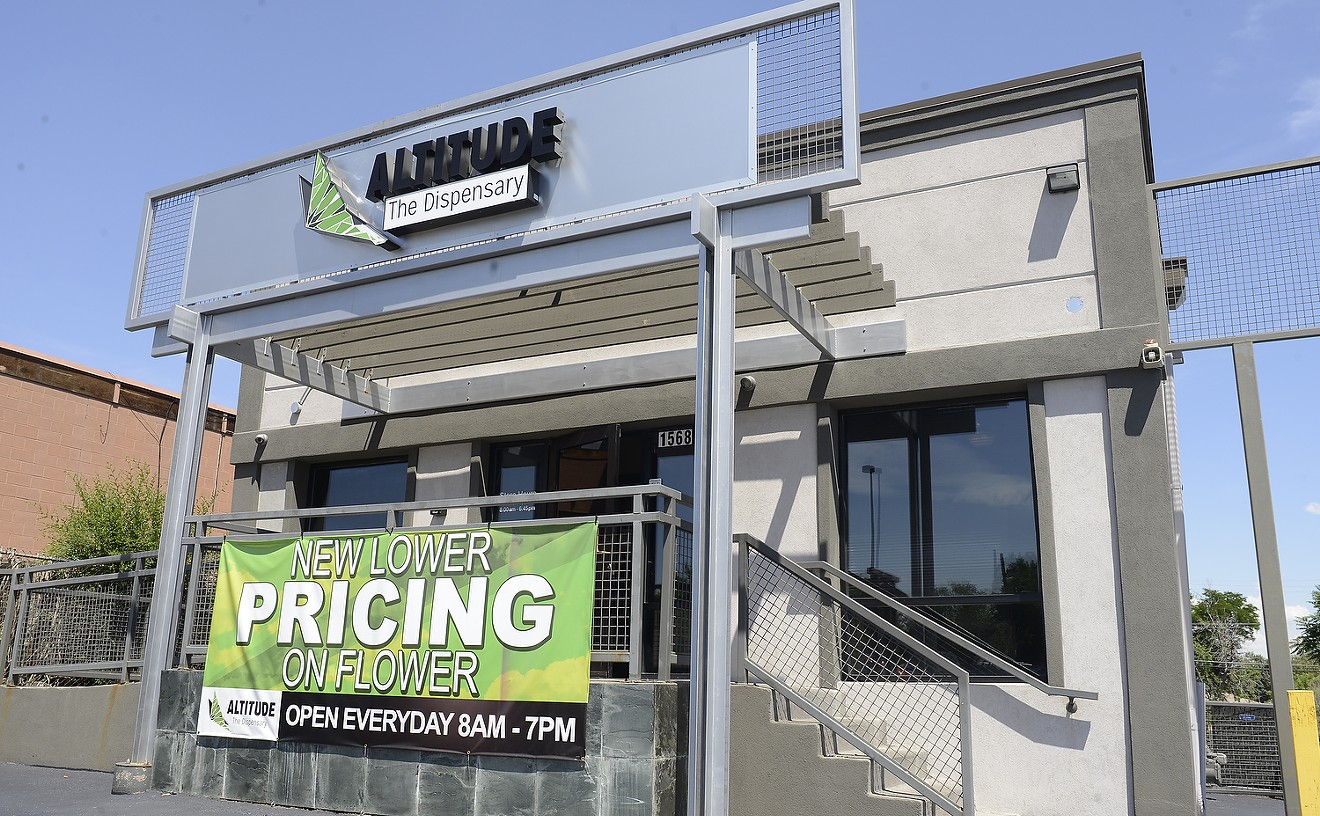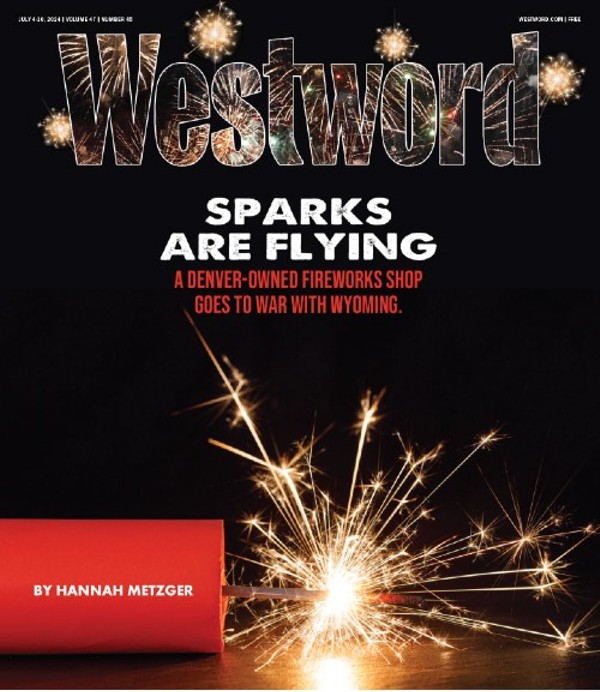Colorado marijuana sales and prices are both dropping, in what may be more than a seasonal trend.
The Colorado Marijuana Enforcement Division's latest average market rate (AMR), a set of median prices for different categories of wholesale marijuana, fell across the board from October to December, with the most noticeable difference in the flower categories.
According to the AMR, the price per pound of marijuana dropped 28 percent, from $1,316 to $948. The shift in prices extends to marijuana trim, flower allocated for extraction and trim allocated for extraction, the MED reports, while dispensary traffic has continued to slow on a monthly basis all fall.
While seasonal dips are expected in the marijuana industry near the end of the year, the current numbers indicate a dramatic drop. In the MED's AMR report at the end of 2020, the price per pound of smokeable flower was $1,721, about 45 percent higher than the latest figures. Meanwhile, the price for marijuana flower allocated for extraction has dropped nearly 62 percent, from $901 at the end of last year to $345 today.
Not all dispensaries and growers believe the AMR accurately reflects the retail market, but it's hard to deny that there's been a shift over the past year, as the COVID-19 pandemic continued to affect retail and marijuana consumption habits. Retail marijuana was also harder to find in 2020 as cultivators struggled to maintain fluctuating demand, according to Ajoya dispensaries director of operations Kate Heckman.
"We don't follow [AMR] at all. With all averages, it just hides that variation," Heckman says. "We expect a drop this time of year because they start to pull down the outdoor harvest. It was just so different from last year, because flower was really hard to find then."
Outdoor marijuana harvests, which have a large impact on marijuana price averages, take place in October and November. However, outdoor marijuana is largely used for extraction and infused-product manufacturing, and the flower sold to be smoked is viewed as cheaper and lower-quality than marijuana grown indoors, which Ajoya and most dispensaries sell.
"That cannabis is a lot higher than $950," Heckman explains, adding that Ajoya has "been right in line with where market trends are" and has begun including discounted and lower-cost flower on the menu.
In 2020, fears of marijuana business closures during the pandemic and increased at-home pot consumption led to several spikes of bulk buying from customers, Heckman notes. This year hasn't brought the same external factors, but Colorado marijuana sales are still dealing with ever-changing market variables, including tourism shifts and new states legalizing retail pot.
"It's hard to know what to expect with forward-thinking in cannabis," Heckman says. "We've seen a bunch of impacts on traffic, with COVID-19 and travelers from out of state. Cannabis isn't as novel now, even when people come to Colorado. They might have it in their own states now."
The Governor’s Office of State Planning and Budgeting's most recent quarterly economic forecast expects marijuana revenue to decline in the next fiscal year and resume slower growth by 2023, echoing previous predictions in July. Marijuana businesses aren't panicking yet, nor have they shown much concern. Given the bumpy ride that was 2020, smaller operations such as Ajoya and dispensary chains aren't keen on measuring their growth and success against 2020.
"There has been a little bit of a dip in state levels. Coming off 2020 was such a hard year to beat. We've personally been measuring our growth against 2019, and we're seeing healthy growth," explains Buck Dutton, marketing director for Native Roots, a Colorado dispensary chain. "As much as inflation drove everything up this year, we've charged the exact same thing for our flower at the customer level in 2021 as we did in 2020, and I don't see much changing in 2022."
More extractors are flooding the recreational market, leading to large, fast drops in prices for marijuana meant for extraction, according to Anthony Karas, co-owner of Lama Brand cannabis and Single Source extracts. As new rules restricting medical marijuana sales take effect in 2022, medical marijuana wholesale buyers are tightening their budgets, too, he adds.
"The recreational market is slowing right now, and medical prices are dropping in advance of the end of the year," Karas says. "We've had to adjust to stay competitive, but we're also among a handful of producers that can still command a higher price."
The trends show a decline across the board, but the news hasn't been all bad for the industry in 2021. Colorado's marijuana industry is poised to celebrate another record year in sales, and the state's annual tax and licensing fee revenue from marijuana hit a new high in 2021 with one month of numbers left to report.
Most of those strong numbers came at the beginning of the year, however. For five straight months, from May through October, 2021's monthly dispensary sales totals came in lower than last year's. (November's sales numbers have not yet been released.)
[
{
"name": "Air - MediumRectangle - Inline Content - Mobile Display Size",
"component": "12017618",
"insertPoint": "2",
"requiredCountToDisplay": "2"
},{
"name": "Editor Picks",
"component": "17242653",
"insertPoint": "4",
"requiredCountToDisplay": "1"
},{
"name": "Inline Links",
"component": "18838239",
"insertPoint": "8th",
"startingPoint": 8,
"requiredCountToDisplay": "7",
"maxInsertions": 25
},{
"name": "Air - MediumRectangle - Combo - Inline Content",
"component": "17261320",
"insertPoint": "8th",
"startingPoint": 8,
"requiredCountToDisplay": "7",
"maxInsertions": 25
},{
"name": "Inline Links",
"component": "18838239",
"insertPoint": "8th",
"startingPoint": 12,
"requiredCountToDisplay": "11",
"maxInsertions": 25
},{
"name": "Air - Leaderboard Tower - Combo - Inline Content",
"component": "17261321",
"insertPoint": "8th",
"startingPoint": 12,
"requiredCountToDisplay": "11",
"maxInsertions": 25
}
]












